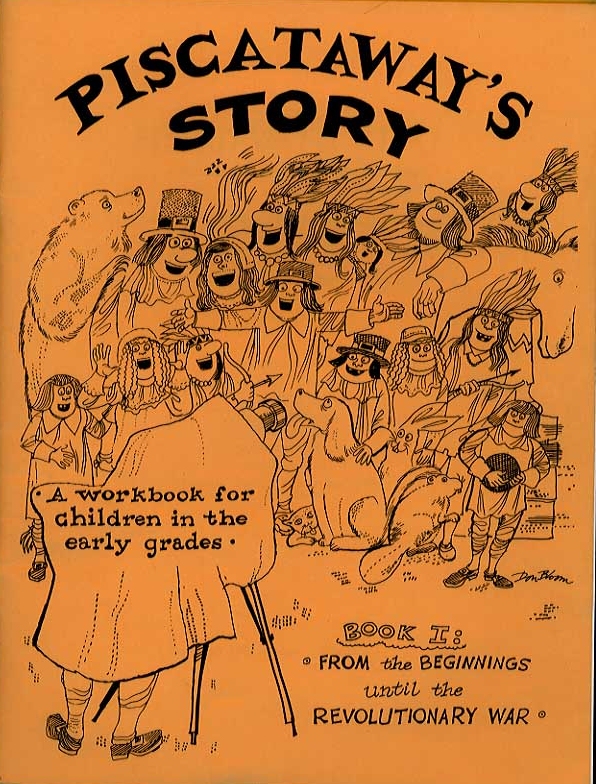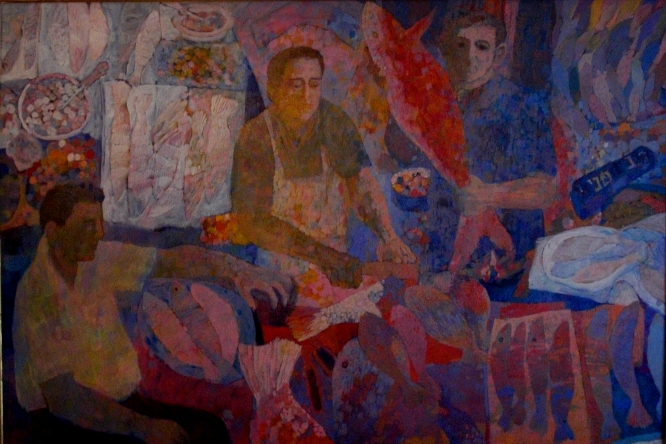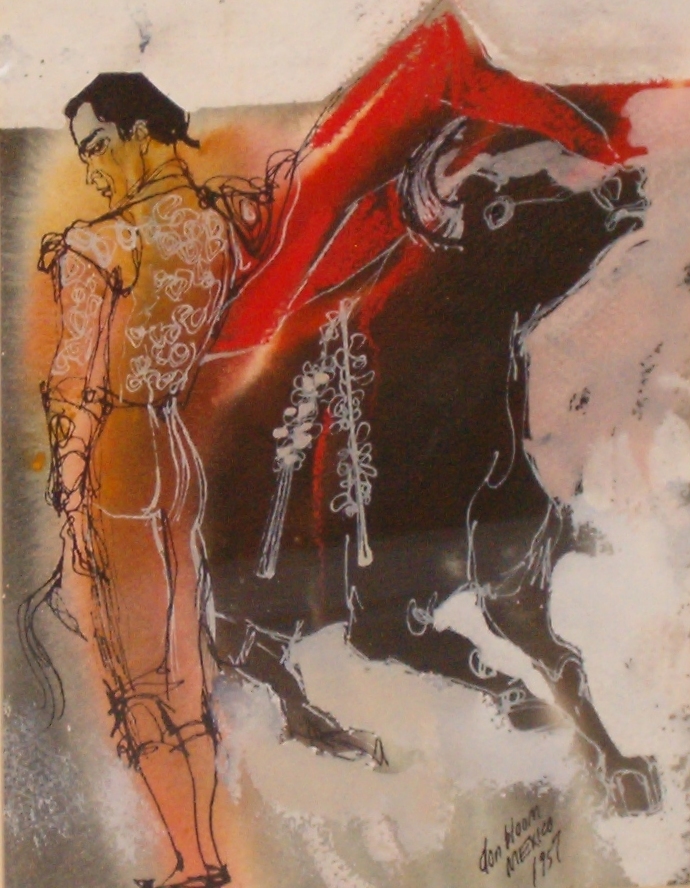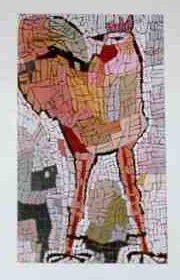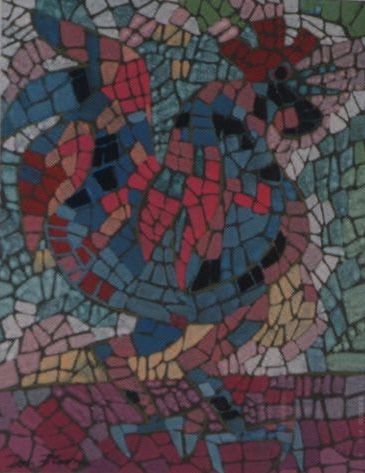Don Bloom's Work
Fine Art | Cartooning and Illustration |
Don Bloom is a fine artist whose professional painting career spans more than a half-century. Particularly in his early years, Bloom was inspired by the work of Monet, Seurat, Bonnard, Cezanne, van Gogh and early Vlaminck. Color has always been the most important element of his work--far more than the representation of the subjects themselves. His style has evolved over the years from impressionism and post-impressionism, with vivid colors applied in small brush strokes, to abstract expressionism, where all sense of the subject has vanished and the colors essentially become the lone voice of the work.
|
|
Bloom's early works are darker and exhibit more of an impasto technique, the thick application of paint building up rich textures and shifting the light as it plays on the canvas. Often you will find yourself looking at a spray of lighter colors in a painting and only moments later see that they make up a figure or an object, which seems to emerge luminous from the canvas. Bloom's early subjects are a reflection of his travels, particularly in Mexico, Spain, Turkey, and Israel. He painted from life, taking endless photographs of scenes that captured his imagination. He favored rich, complex images: butcher shops with hanging meats, deli counters filled with everything from anchovies to olives, fish markets, bar counters, and street vendors in busy outdoor markets. Anything with a dizzying variety of forms and textures--and especially images that almost evoke a sense of smell. |
|
In addition to painting in oils, Bloom's fine hand as an illustrator is most remarkable in his pen and ink on watercolor compositions. In these, watercolor is applied in abstract patches to the paper, then covered over with penned images. Here too he painted vivid street scenes and open air markets, but the pen enabled him to capture in fine strokes more representational themes, especially his popular bullfighting scenes, but also sports and political figures. For Bloom, his pen and ink on watercolor was a crossover to his work as an editorial cartoonist and illustrator. In the late 1960's and 1970's, Blooms canvases became warmer, brighter, and favored greens, yellows, and oranges. He also worked more with the human form, especially beach scenes and parent-and-child themes. Even so, the human form became a model for abstraction; faces and movement were blurred as he focused on the application of color. |
|
|
|
Bloom experimented with many styles, from beach scenes whose broad patches of color suggest an inspiration from Diebenkorn, to his favorite animal subject, roosters, ranging in style from post-impressionism suggestive of van Gogh to abstraction in the manner of de Kooning. In fact, his Master's thesis was a series of roosters painted in the manner of ten impressionist and post-impressionist masters. |
|
|
|
Bloom's subjects for still lifes were often chosen for their unusual shapes: lobster tails, animal skulls, wine and liquor bottles. In the 1980's Bloom experimented with "map art" where countries and borders were his subjects, In the 1990's he began working with canvases shaped as diamonds and circles, often with abstract blobs of colors shaped almost like bones. In July 1995 Bloom created a moving series of 54 mixed-media collages titled Shoah, followed in May 1996 by a second series titled Kaddish, in rememberance of the Holocaust. Today Bloom's work exhibits an almost restless quality; paint is applied in thin layers in abstract washes with much of the canvas peering through. It is unclear whether these are "unfinished" works or whether they represent the ultimate triumph of color over everything: subject, brushstroke, and even the abstract forms themselves. |
--Rich Julius, 2011
Fine Art | Cartooning and Illustration |
First Day Covers
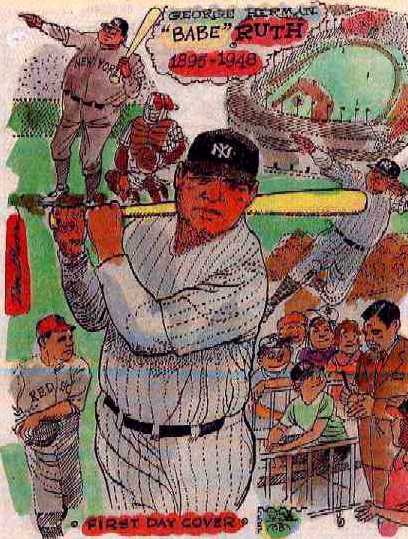 | 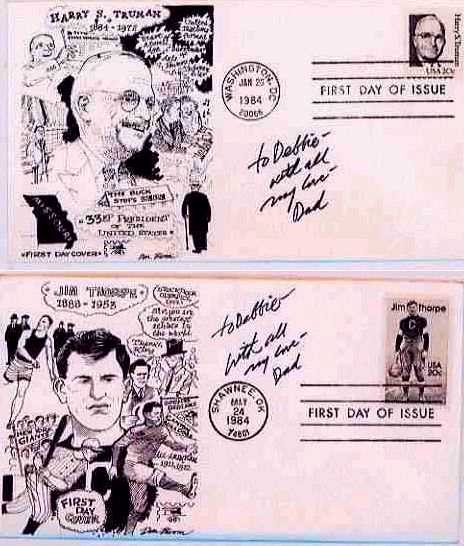 |
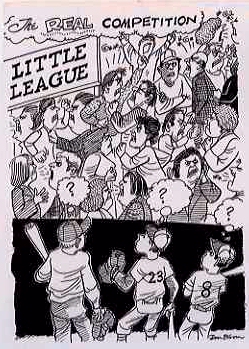 |
Editorial Cartooning
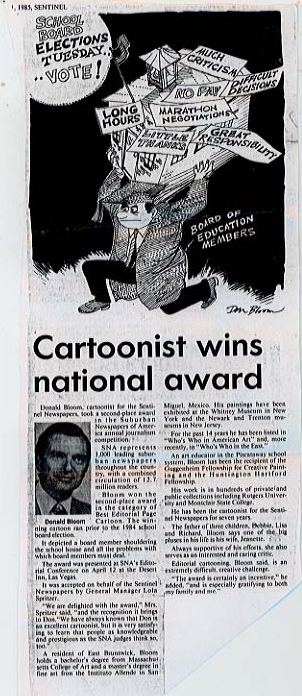 | 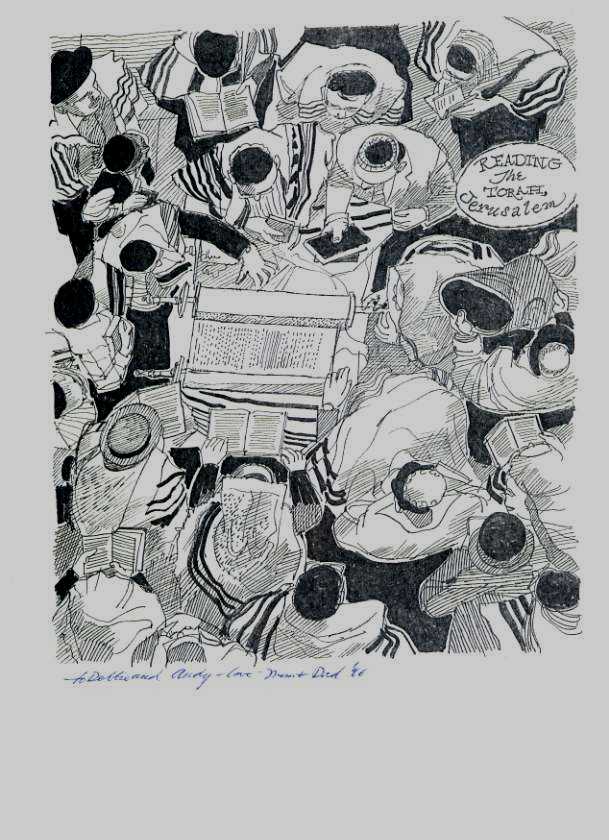 |
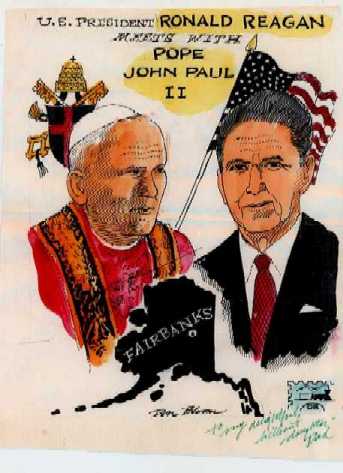 |
Book Illustration
